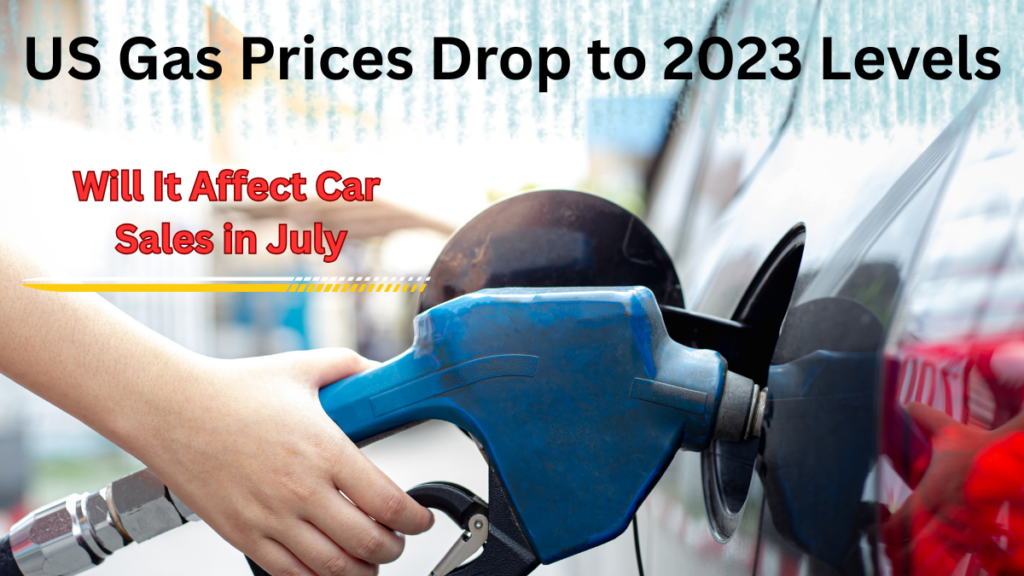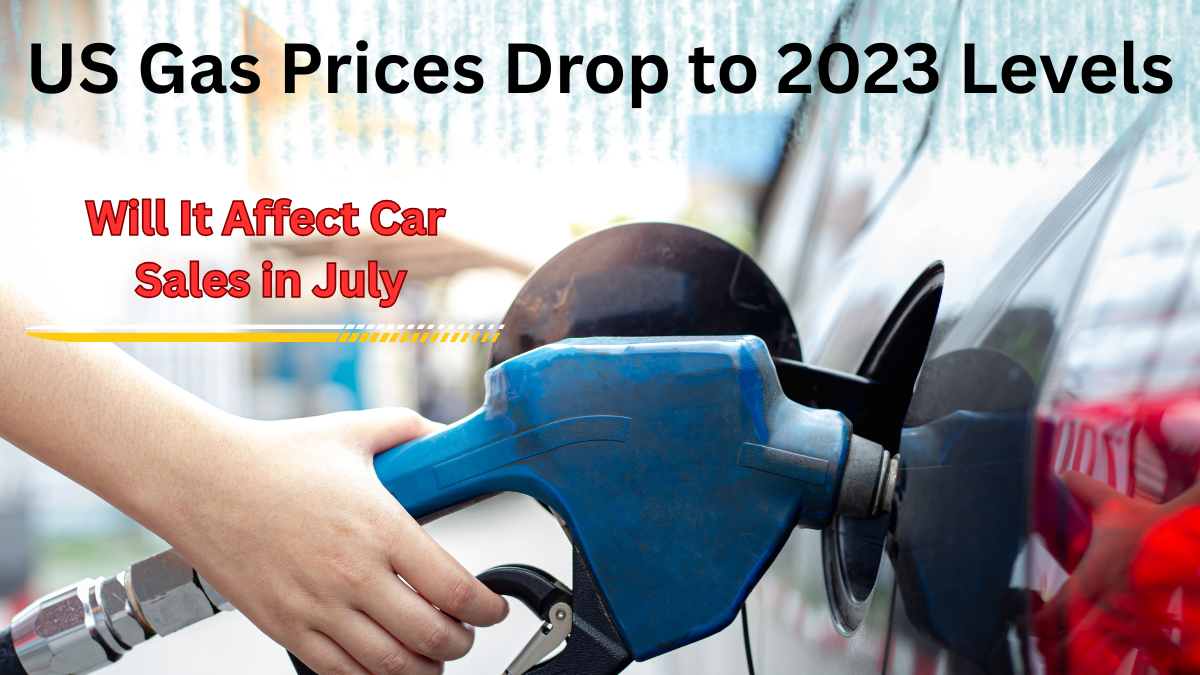In a surprising shift, US gas prices in 2025 have returned to 2023 levels—something few anticipated. As we move into July 2025, this drop is expected to influence consumer behavior, automaker strategies, and overall trends within the vehicle market.
So, how will this price drop affect car buying decisions, particularly in July 2025 fuel price conditions? Let’s explore.

What’s Behind the Drop in US Gas Prices 2025?
The dip in fuel prices is no coincidence. Several key factors have contributed to the change:
-
Stabilization in global oil production and supply
-
Decreased demand due to increased remote work and public transit use
-
Steady rise in electric vehicle adoption
-
A milder summer season leading to lower fuel consumption
Average Gas Price Comparison
| Year | Average Gas Price (Per Gallon) |
|---|---|
| 2023 | $3.45 |
| 2024 | $3.98 |
| July 2025 | $3.47 |
The data shows a clear return to pre-inflation gas trends, easing pressure on consumers.
How Will This Affect Car Sales in July 2025?
Increased Demand for Gas-Powered Vehicles
With July 2025 fuel price levels dipping, consumers may once again turn their attention to traditional gas-powered cars:
-
Larger vehicles like SUVs and pickups become more affordable to operate
-
EV purchases might be delayed as gas seems more budget-friendly short-term
-
Lower pump prices reduce the perceived urgency to go electric
Continued Interest in Electric Vehicles
Despite cheaper gas, EVs still maintain a strong position in the vehicle market:
-
Federal tax incentives for EV purchases remain in effect
-
Public charging infrastructure continues to expand
-
Many consumers are choosing EVs for sustainability and long-term savings
Consumer Behavior and Market Sentiment
Here’s what auto dealers and industry analysts are observing as gas trends shift:
-
Rising interest in full-sized gas-powered vehicles
-
More price comparisons between EVs and traditional models
-
Buyers considering long-term fuel price trends before making decisions
This creates a dynamic environment where short-term fuel cost savings are weighed against long-term ownership costs.
Impact on the Automotive Industry
The auto industry must now navigate a new kind of balancing act. While US gas prices 2025 bring relief to buyers, they pose strategic questions for automakers:
-
Should they increase production of internal combustion vehicles?
-
Do they need to reintroduce incentives for EVs?
-
Could fluctuating fuel prices stall the EV revolution?
For the industry, the challenge is clear: adapt quickly to stay ahead of unpredictable gas trends.
FAQs
1. Why have US gas prices in 2025 dropped to 2023 levels?
This drop is largely due to stable oil production, decreasing demand caused by EV use and remote work, and mild seasonal fuel needs.
2. Will July 2025 fuel prices stay low throughout the year?
They may remain steady during summer, but long-term prices depend on global supply chains, oil markets, and weather conditions.
3. Are EVs still worth it despite the drop in fuel prices?
Yes. EVs offer long-term cost savings, lower emissions, and access to tax incentives—even with temporarily lower gas prices.
4. Should I buy a gas-powered car or an EV now?
It depends on your needs. Gas vehicles offer short-term savings right now, but EVs provide environmental benefits and cost-efficiency in the long run.
Final Thoughts
The decline in US gas prices 2025 may bring back the appeal of gas-powered vehicles for some, but EVs are far from out of the picture. As July 2025 fuel price trends influence buying behavior, the vehicle market remains in flux.
For now, consumers have the upper hand—with more choices, lower costs, and plenty of time to decide what’s best for their future on the road.
Click here to learn more
